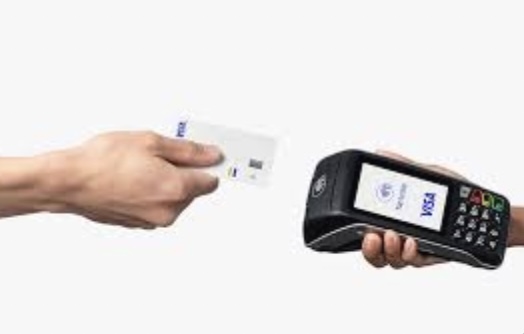In an increasingly digital world, where financial transactions are becoming more streamlined and convenient, keeping bank cards safe while on the go has never been more crucial. With the rise of contactless payments and online shopping, ensuring the security of your bank cards is essential to protect your hard-earned money and personal information. Whether you’re traveling, commuting, or simply running errands, here are some practical tips to help you keep your bank cards safe on the go.
Invest in RFID-Blocking Wallets
Radio-Frequency Identification (RFID) technology is used in many modern cards to enable contactless payments. However, this convenience also poses a security risk, as cybercriminals equipped with RFID readers can potentially steal your card information without physical contact. To counter this threat, consider using an RFID-blocking wallet or cardholder from Secrid. These specially designed wallets contain materials that block RFID signals, making it difficult for unauthorized devices to access your card data.
Enable Card Alerts
Many banks and financial institutions offer cardholders the option to receive real-time transaction alerts. By enabling this feature, you’ll be instantly notified via text message or email whenever a transaction is made using your card. This allows you to quickly spot any unauthorized activity and take immediate action to prevent further damage.
Use Secure Payment Apps
Instead of carrying multiple physical cards, consider using secure payment apps like Apple Pay, Google Pay, or Samsung Pay. These apps tokenize your card information, adding an extra layer of security. When you make a payment, the app generates a unique token instead of sharing your actual card details. This minimizes the risk of your information being compromised during transactions.
Minimize Card Exposure
When making payments or accessing your cards, be mindful of your surroundings. Shield the keypad while entering your PIN at ATMs or payment terminals to prevent onlookers from stealing your information. Moreover, avoid displaying your cards unnecessarily in public places, and store them securely when not in use.
Regularly Monitor Your Accounts
Developing a habit of monitoring your bank accounts frequently can help you detect any unauthorized transactions early. Set aside some time each week to review your account statements and transaction history. If you spot any unfamiliar or suspicious activity, contact your bank immediately.
Notify Your Bank of Travel Plans
If you’re traveling internationally, inform your bank about your plans in advance. This will prevent them from flagging your transactions as suspicious and potentially freezing your account. Additionally, some banks allow you to set geographical limits on your cards, ensuring that they can only be used in specific regions.
Be Wary of Public Wi-Fi
While it’s tempting to connect to public Wi-Fi networks for convenience, they can be vulnerable to cyberattacks. Avoid conducting sensitive transactions, such as online banking or shopping, while connected to public Wi-Fi. If you must access your accounts, consider using a Virtual Private Network (VPN) to encrypt your connection and protect your data.
Emergency Contact Information
Save your bank’s customer service number and other relevant emergency contacts in your phone. In case your cards are lost or stolen, you can quickly reach out to your bank to report the incident and take necessary actions to secure your accounts.
Regularly Update Card Information
Keep track of your card expiration dates and request new cards ahead of time. This will ensure that your cards remain functional and secure, reducing the risk of being stranded without access to funds while on the go.



